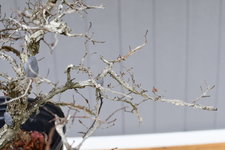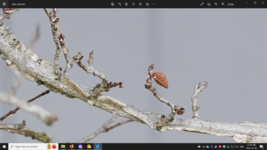SouthernMaple
Chumono
Anyone have any clue what these little white bugs are? I collected this winged elm last year in South Cacalacky, I just noticed them today when I was pruning the tree


Its been really cold the last week and the tree has been on the ground outside. I thought maybe the cold will kill them as its getting back down in the 20s next week.


Its been really cold the last week and the tree has been on the ground outside. I thought maybe the cold will kill them as its getting back down in the 20s next week.




